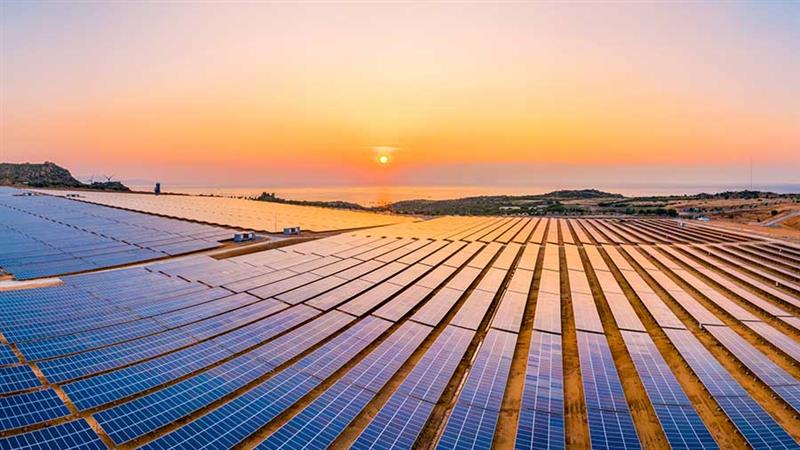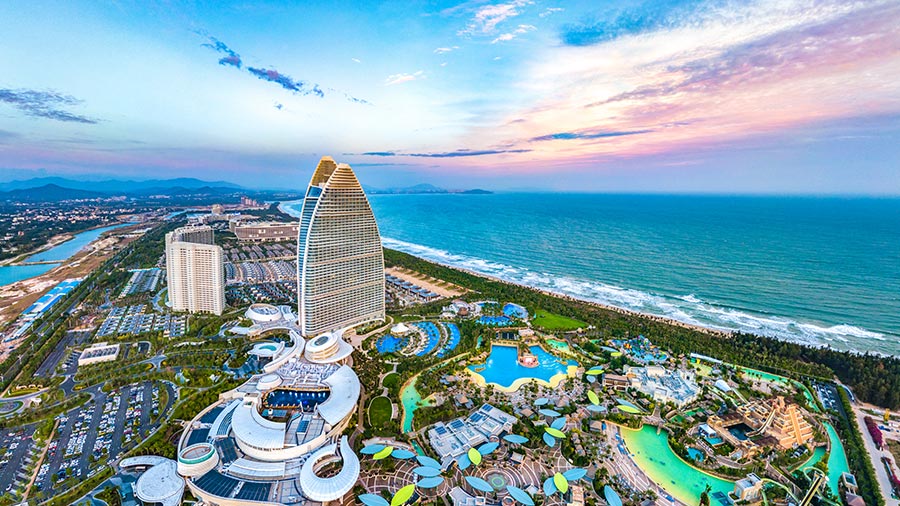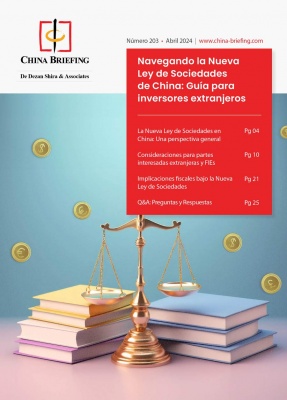Shaanxi: China’s National Science and Engineering Development Hub
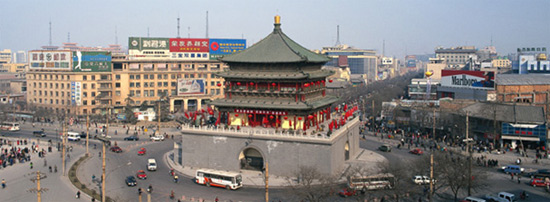
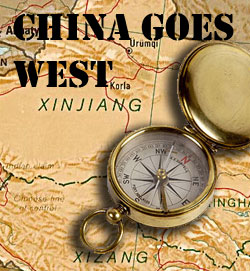 By Chris Devonshire-Ellis
By Chris Devonshire-Ellis
and Fabian Knopf
Aug. 24 – Resource-rich Shaanxi has seen significant developments in the past few years, as this most traditional of Chinese provinces enters a new century full of hope, promise and a gleaming makeover of its capital city, Xi’an.
Like the most attractive of China’s magnets for investment, Shaanxi can rely on more than one component part for attracting development and creating opportunities. Coal supplies are plentiful and of a high quality, while the province also has large reserves of natural gas and oil. While that does give it a more hardened feel to life here, the province also boasts a rich cultural history, and that, coupled with excellence in engineering academia, gives Shaanxi a fairly unique character not found elsewhere in China. From the historical perspective, Shaanxi is considered one of the cradles of Chinese civilization.
Thirteen feudal dynasties established their capitals in the province during a span of more than 1,100 years, from the Zhou Dynasty to the Tang Dynasty, while the current capital, Xi’an, is one of the four great ancient capitals of China and is the eastern terminus of the Silk Road, which pioneered Chinese trade with Europe, Arabia, Central Asia and Africa. Xi’an in its day was the equivalent of contemporary New York, and was the first city in the world to develop a population in excess of one million. Those Silk Road traders still live on – Xi’an’s Muslim population dates way back to the descendants of Silk Road travelers of over a thousand years ago, with Xi’an’s blue lanterns hanging outside restaurants indicating the food inside is halal. Xi’an, then known as Chang’An, was also China’s national capital for over 1,100 years – longer than Beijing.
Shaanxi borders Inner Mongolia, Shanxi, Henan, Hubei, Sichuan, Gansu and Ningxia, which has also assisted the development of the province as a center for China domestic trade and distribution.
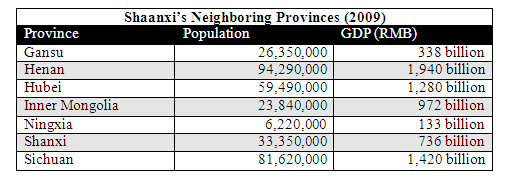
Shaanxi’s mineral reserves are ranked the highest of all the provinces in China, and particularly coal, oil, and natural gas. Communist-led education to exploit this over the years has also led to the province having a very strong pool of well educated workers, ranked third in the country, only after Beijing and Shanghai, while most of Shaanxi’s universities – over 50 of them – provide education in many different engineering disciplines from aviation, dam building to coal and gas extraction, much of it pioneering work. Shaanxi has an additional 2,000 science and technology research institutes, and these have taken a leading role in R&D in aerospace, equipment manufacturing, electronics, and agriculture.
Shaanxi’s GDP has been developing well over the last few years, growing at about 12.5 percent per annum since 2004, and with now the expanding secondary sector accounting for 54.9 percent of this figure. Shaanxi’s nominal GDP for 2009 was RMB818.7 billion (US$112 billion) while GDP per capita was RMB21,729 (US$43,179), ranking it 14th in the PRC. The minimum wage in Xi’an is RMB760.
Natural resources are crucial to Shaanxi’s development – the province ranks third in coal production, and fifth in oil production nationwide. A complete industrial system comprising high technology, fruit, animal husbandry, tourism, national defense, energy and chemical industries also developed and is well integrated. Large reserves of natural resources have been a spur to heavy industry such as oil drills, and equipment for mining, railways, petroleum, and chemical processing. In agriculture, the main produce is fruit and grain. Regulations are also in place to encourage investments in infrastructure, chemicals, pharmaceuticals, metallurgy, machinery, electronics, light industry, and building materials. Utilized foreign investment in the province was US$1.2 billion in 2009, and has proven sustainable at about this figure over the past decade.
The importance of Shaanxi as a source of raw materials for energy provision for the nation has lead, especially in the north of the province, to a well developed infrastructure. Shaanxi’s nine national highways cover a total distance of 1,226 kilometers, however, much needed road development has continued since then, with a World Bank approved loan of US$300 million loan in 2007 just now coming to fruition to help finance a project to improve links to the Ankang region of Shaanxi. The project, estimated to be at US$735 million, will improve road access to Shaanxi’s poorest regions. The Zhongnanshan tunnels, which pass through the Qinling Mountains, were open to traffic in early 2007. The tunnels are each over 18 kilometers long, making them the second longest in the world, and the largest in Asia.
Shaanxi also has 13 major railway lines. The Eurasian Continental Bridge which links a number of Chinese, Russian and Central Asian cities via rail through to Europe (Rotterdam), also passes through the province with a terminus at Xi’an. There are five airports in Shaanxi, with Xi’an’s Xianyang Airport seeing the highest volume of traffic including international connections. Recently completed, it is one of China’s most modern airports. There are also airports at Ankang, Hanzhong, Yan’an, and Yulin.
Waterways and shipping routes are also being developed – a flood control and navigation project in Hubei is due to be completed in 2020 and will provide Shaanxi with a key inland, waterway transport route. Once completed, the project will allow 500-ton vessels to navigate in and out of the Ankang reservoir.
Shaanxi has four state-level high-tech development zones and one export processing zone. The major development zones are in Xi’an.
Baoji Hi-Tech Industrial Development Zone
Established in 1992, Baoji Hi-Tech Industrial Development Zone was approved as a national hi-tech zone by the State Council. It has a planned area of 40 square kilometers. The transportation system around the zone includes Xi’an-Xianyang International Airport and National Highway 310. Its encouraged industries are auto parts, electronics, IT, pharmaceutical, bioengineering and new materials.
Shaanxi Xi’an Export Processing Zone
Established in 2004, this was the first state-level export processing zone in northwest China, XEPZ has become one of the seven pioneer EPZs with the function of bonded logistics in China. XEPZ is under the leadership of the Administrative Committee of Xi’an Economic and Technological Development Zone, which is designated by Xi’an municipal government to exercise economic and administrative power within the zone. XEPZ is a special economic zone, with primary industries featuring aviation, machinery, electronics and new energy resources.
Xi’an Economic and Technological Development Zone
Established in 1993, the Xi’an Economic and Technology Development Zone was upgraded as a national zone in 2000. The zone is only 20 minutes away from Xi’an Xianyang International Airport and several national highways pass through here. It has four main industries including automotive, electronics, food, new materials industry, and is one of the most popular investment locations for FIEs in Shaanxi, with over 1,700 registered enterprises.
Xi’an High-Tech Industrial Development Zone
Xi’an HTDZ opened its gates in 1991. It was established as a “pivotal location” for investment by high-tech industry companies in central and northwest China. The zone is surrounded by several national highways and it is within 30 minutes away from Xi’an International Airport. Furthermore, it is ranked among the top three high-tech zones in China and concentrates on high-tech industry and R&D.
Xi’an Software Park
Xi’an Software Park was established in and is the main site in Xi’an for software development and service outsourcing. The park has been appraised as a software industry base under the National Torch Program, and it is home to 90 percent of enterprises engaging in software and service outsourcing in Xi’an. There are nearly 780 companies here, of which foreign-funded enterprises account for 170.
Yangling Agri-Tech Demonstration Zone
The only one of its kind in China, the Yangling zone is specifically directed at developing agriculture and agricultural related technologies. Built over 94 square kilometers and officially approved by the State Council in 1997, the zone has since enjoyed strong growth.
Tourism of course is also a major industry for Shaanxi, it is the home of the terracotta warriors, located a few miles outside of Xi’an, where excavations are still on-going. About 80 percent of the site has yet to be uncovered. Interestingly, the actual tomb of the Emperor Qin Shi Huang, whose army is represented by the terracotta warriors, is reputed to be the hill just outside the location of the main archeological site itself. Ancient rumors of him being buried with a map of the known world, including oceans and rivers marked out in liquid mercury, have been passed down over the centuries. The hill has not been excavated, but core samples taken from its interior do indicate high levels of mercury in the soil. If and when the Chinese do excavate the site, it could well become one of the archaeological finds of this century.
Xi’an, as befits an ancient capital, is also an impressive city. One of China’s few remaining walled cities; it also houses several important historic structures, such as the Goose Pagoda. New developments inside the city walls have recreated the style and splendor of the past and a regular sound and light show is put on most nights.
Discovering Xi’an – Fabian Knopf, ex-resident
Located at the eastern end of the Silk Road, Xi’an is a historically important city in China. It took on the heritage of Chang’an (which means eternal peace) which was the capital of several dynasties during. Xi’an was once the most populated city on the planet. Its planning system was taken on by many admirers in Asia, including the city of Kyoto, Japan, which took on characteristics of the old Chang’an that can still be seen today.Ancient Xi’an was the market place of the world and a cosmopolitan center for many cultures in Asia and beyond – the New York City of its time. I was living within short walking distance of the historic market place whose exact location was discovered just a few years ago. Today, a real estate project at the site provides space for antique dealers, tea stores, restaurants and a small mall. This site is not far from the city center which is marked by the bell tower. Around the city center is a massive city wall, where visitors can rent a bicycle to ride along the top of the wall. To me, the city wall stands out as Xi’an’s best tourist attraction even beyond the terracotta army which can be found right outside the city. For adventurous tourists, I can recommend Huashan Mountain, one of the most sacred places of Daoism. There are five peaks to be conquered, wooden planks alongside the cliff to be walked and sunset and sunrises to be enjoyed.
Xi’an is a developing Chinese inland city and its educational and engineering background mark it out as a primary location for attracting foreign direct investment into scientific and engineering research in several disciplines, included GM food, where such research is politically restricted in other countries. It also enjoys preferential rates given to foreign investors in the R&D fields, and can provide investment incentives, tax breaks and holidays to businesses involved in this field. While it is best known for its history, the city is well worth serious consideration for such ventures, and is closely linked to Beijing, just a little over a 90 minute flight away.
Parts of this article are excerpted from the China Briefing Business Guide to West China.
Chris Devonshire-Ellis is the principal and founding partner of Dezan Shira & Associates. The firm has 18 years of foreign investment experience throughout China, including Shaanxi. Fabian Knopf is an Associate at Dezan Shira & Associates’ Shanghai office. He previously lived in Xi’an and is familiar with the Shaanxi region. For assistance and advice over foreign investment laws, taxes and incentives and conditions throughout China please contact the firm at info@dezshira.com. Chris also contributes to India Briefing , Vietnam Briefing , Asia Briefing and 2point6billion
Related Reading
The Complete “China Goes West” Series
(Covering all of China’s Western Regions and their investment potential)
Xi’an City Guide
(Complimentary PDF download)
Business Guide to West China
(Includes overviews of the Provinces of Gansu, Guizhou, Ningxia, Shaanxi, Sichuan, Tibet, Xinjiang and Yunnan, and includes detailed introductions to the key cities of Chengu, Chongqing, Kashgar, Kunming, Lanzhou, Lhasa, Guiyang, Urumqi, Xi’an, Xining and Yinchuan)
- Previous Article SASAC Releases 2009 China State Owned Enterprise Performances
- Next Article Investment Opportunities in Chengdu, Chongqing and Sichuan

